Opioid Addiction Treatment
Opioids, sometimes also referred to as narcotics, are drugs present within the opium poppy plant. Whether they are obtained naturally from the plant or are manufactured synthetically, opioids are generally prescribed to relax the body and relieve moderate to severe pain, while some are also used to treat diarrhea and cough. Since opioids generally make users feel extremely relaxed and somewhat euphoric, they are sometimes misused as well, resulting in overdose, addiction, and sometimes even death. Today we’ll be discussing the medicinal uses of prescription opioids, opioid addiction, and how individuals can seek proper treatment.
Common Prescription Opioids
Due to their addictive nature and intense relief-causing effects, prescription opioids do not fall under the same category as over-the-counter pain-relief medication, such as Tylenol or aspirin.
Opioids are prescription medications. Medical practitioners prescribe these drugs in varying strengths and forms based on the patient’s particular situation and extent of pain.
Some commonly prescribed opioids are:
- Hydrocodone (Vicodin®)
- Oxycodone (OxyContin®, Percocet®)
- Morphine (Kadian®, Avinza®)
- Oxymorphone (Opana®)
- Codeine
- Fentanyl (also used as a recreational drug with cocaine/heroine)
How Do Prescription Opioids Work?
Opioids work by binding to and hence activating, opioid receptors that are found on various cells located in different regions of the brain. These receptors are associated with conferring feelings of pain and pleasure. Once opioids bind with these receptors, they block any signals of pain being sent by the brain to the body.
Moreover, this binding also results in the release of large amounts of dopamine within the body, a chemical that plays a key role in modulating feelings of pleasure. This is why opioids often reinforce the feelings of taking a recreational drug, thus making individuals want to experience pleasure and relief over and over again.
Achieve Sobriety at Our Southern California Recovery Center
Recovering from an addiction isn’t easy, but it can be done. There are plenty of treatments available that have helped people stop abusing drugs and start living productive lives again. Fill out the form below for a free confidential call back.
Misusing Prescription Opioids
Opioids prescribed for pain relief are usually safe to use for a recommended short period, but they may be misused. For instance, Fentanyl is also used as a recreational drug along with cocaine and heroin. According to the National Institute on Drug Abuse, over 2 million Americans misuse opioids, and more than 90 die due to opioid overdose each day, whereas 15 million people worldwide misuse opioids every year.
Prescription opioids can be misused in the following ways:
- Taking the medication in a different way or different dose as prescribed
- Taking another individual’s prescription medicine
- Taking the medication to get high or experience feelings of euphoria
Misusing opioids can have many side-effects, such as:
- dizziness, drowsiness, and confusion
- nausea
- constipation
- slowed breathing leading to hypoxia (very little oxygen is supplied to the brain, leading to temporary or long-term psychological and neurological effects, or even death)
Prescription Opioids and Heroin
Heroin, a recreational drug, and prescription opioids are chemically similar, thus it produces a similar high. In certain places, heroin is much cheaper and readily available as opposed to prescription opioids, so people tend to switch to heroin for experiencing equivalent levels of pain relief and pleasure.
Data acquired from 2011 revealed that approximately 4 to 6 percent of people who misuse prescription opioids turn to heroin instead, whereas at least 80 percent who firstly used heroin misused prescription opioids. More recent data shows that heroin is often the first opioid people tend to use.
Prescription Opioid Addiction and Withdrawal
Misusing prescription opioids repeatedly can lead to something known as a substance use disorder (SUD). The latter is characterized as a medical illness ranging from mild to severe and may be temporary or chronic. Among the most severe form of SUD is an addiction, which gradually develops with continued misuse of opioids. Opioid addiction is defined as a potent and compulsive urge to use the drugs even after they are no longer medically required.
Since opioids work by altering brain chemistry, extended and unsupervised use can cause both physical and psychological health problems, with negative impacts on the individual’s personal and professional life and relationships. With time individuals may develop ‘tolerance’, meaning that increasingly higher doses are needed to achieve effects. After an extended period of drug abuse, individuals will develop drug dependence’, and when they stop taking the drug, they will experience extremely uncomfortable physical and psychological symptoms of withdrawal, which include:
- bone and muscle pain
- sleep difficulties
- vomiting and diarrhea
- chills with goose-bumps
- uncontrollable leg movements
Certain medicines can help cope with and reduce symptoms of the withdrawal process, such as Lofexidine, a non-opioid medicine that was approved by the US Food and Drug Administration (FDA) in 2018.
Treatment Options for People Addicted to Prescription Opioids
The two main treatment options available for individuals with opioid addiction include medicinal and behavioral therapy, which are often administered in combination. The success of treatment varies and generally depends on the severity of the disorder, and complications due to comorbidities, such as alcohol abuse, family history of mental illness.
- Medications
- Buprenorphine and Methadone –work together and bind to the same opioid receptors within the brain as opioid medication, alleviating withdrawal symptoms and cravings.
- Naltrexone – blocks opioid receptors and inhibits opioid drugs from exhibiting their effects.
- Behavioral Therapies
- Cognitive Behavioral Therapy (CBT) – helps modify individuals’ behaviors and expectations towards drug use, while also efficiently managing stressors and triggers.
- Multidimensional Family Therapy – for young adults coping with drug use issues and addresses various personal and familial factors affecting drug use patterns.
Conclusion
Prescription opioids are often given to treat moderate to severe pain and in some cases coughing and diarrhea. They help individuals feel calm and happy by altering brain chemistry. Prescription opioids may be misused, leading to substance use disorder of which addiction is the most severe type. Treatments including medication and behavioral therapies are often used in combination to help treat people with an opioid use disorder.
What We Treat
Spice Addiction
Ecstasy Addiction
Crystal Meth Addiction
Inhalants Addiction
PCP Addiction
Cocaine Addiction
LSD Addiction
Opioid Addiction
We Accept Most Major Insurance
Our intake team can verify your health insurance benefits when you call or fill out the form on our website.









Start Your Recovery Today
About Us

